René A. Morel was one of the finest restorers of the 20th century. He was also renowned for his sound adjustments, which brought musicians such as Isaac Stern, Pablo Casals, Itzhak Perlman, Midori, Pinchas Zuckerman, Yo-Yo Ma, Joshua Bell and Sarah Chang to his New York shop.

René Morel’s New Jersey workshop in the 1960s, where many of his major restoration projects took place
Morel, who began his career aged 12 in Mirecourt, moved to New York in 1955, where he worked for the Rembert Wurlitzer firm under Simone Sacconi. He later went into partnership with Jacques Français, finally opening his own firm, René A. Morel Rare Violins, in 1994. In 2008 he began a collaboration with Tarisio, which lasted until his death in November 2011.

One of the soundpost setters that Morel used for his adjustments
The set of tools presented here is almost identical to the set Morel used in his New York workshop, but was kept in his home workshop in New Jersey. He worked there for a couple of days each week, usually reserving this time for major restoration projects. He frequently had an astonishing array of fine instruments on his bench simultaneously – it’s extraordinary to think how many Strads and Guarneris had bridges cut with these knives and how many recordings must have been made on bridges cut from these templates.
Templates
The following templates are made from zinc-plated steel.

Templates for neck shaping for viola (left) and cello
These neck templates are used to determine the general shape of the neck rather than as an exact guide.
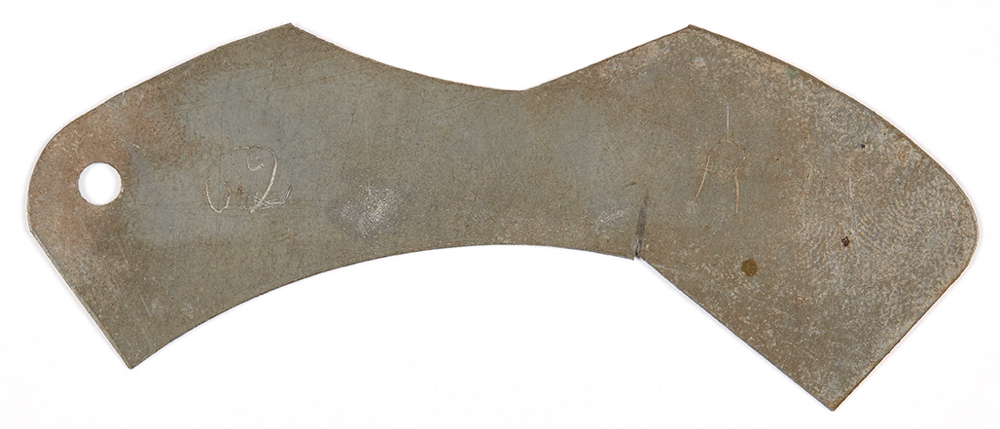
Romberg fingerboard template for a cello
The Romberg template is designed to be used as a rough guide: the rounded section touches the fingerboard but the Romberg part does not. It is marked with Morel’s initials (as were almost all his tools) and the number 62, indicating the diameter of the curve for the round part of the fingerboard.

Templates for bridge, curve and string spacing for violin, viola and cello (left to right)
The middle viola template above is marked ‘4 ½ 6 ½’ indicating the string height. Morel’s initials are in the bottom right corner.

Fingerboard templates for violin (left) and viola
These fingerboard templates have to be used very precisely to work out the curve of the fingerboard. The viola one is marked ‘alto 37’ on the other side, indicating a 37 mm curve.
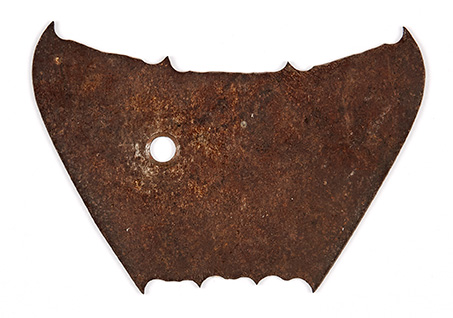
Guide to string spacing for violin and cello
The above string spacing tool is designed to be used as a loose guide, as string widths vary. This template determines roughly where the middle strings go, as when you determine the string height, you also lock in the position of the outside strings.
In fact Morel’s philosophy, which he probably picked up from Sacconi, was to make the spaces between the strings as even as possible. As a result he usually used a compass to determine the string spacing, measuring the space between each string.
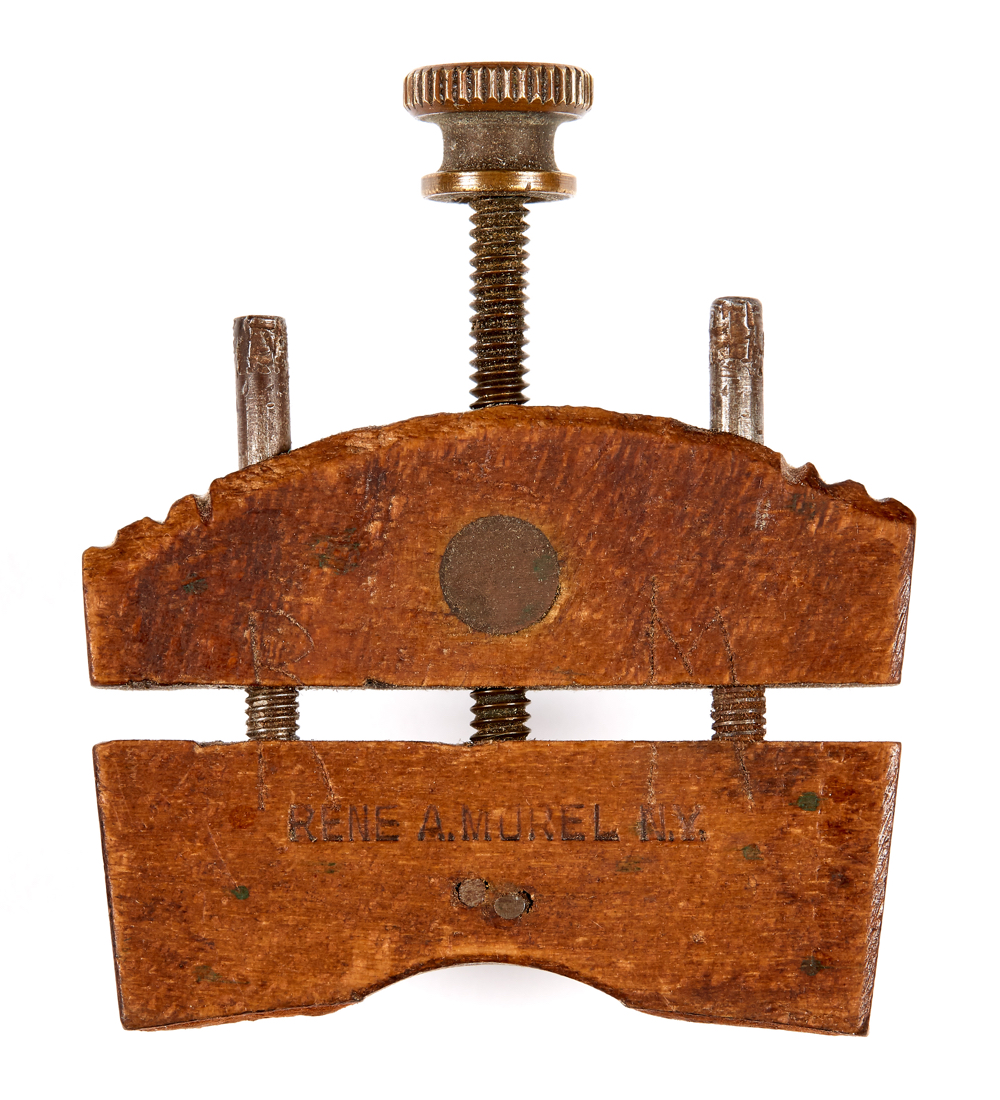
String lifter for violin, built by Morel himself
The above tool is used to lift the strings to avoid disturbing the instrument’s set-up when changing bridges. It was probably designed by Sacconi and this example was made by Morel out of a piece of maple. It is branded ‘Rene A. Morel N.Y.’ with one of the two brands Morel used and also marked ‘R’ and ‘M’. The New York workshop also had an original one made by Wurlitzer, which was made of aluminium.
Knives
Morel always said his knives had the best blades available and he would pay $500 for a knife of similar quality – if he could find one. The blades are slightly curved rather than straight-edged.
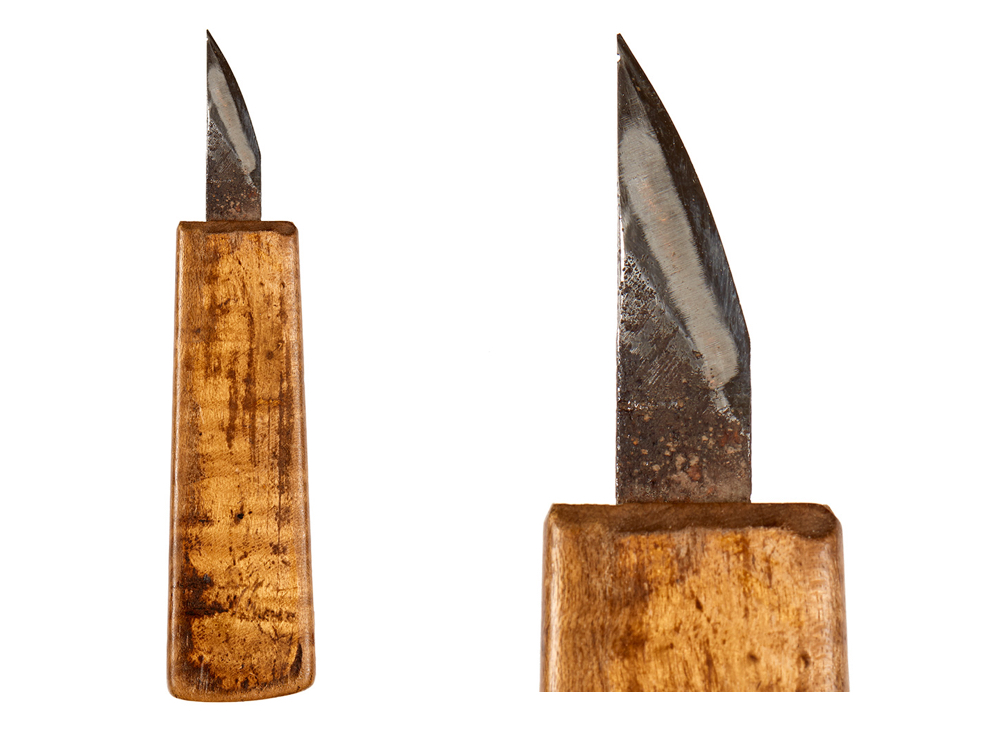
An original general-purpose Mirecourt knife
This Mirecourt knife was designed for general use, including to fit the soundpost and bridge. The cross-section of the blade is roughly triangular, which means that when sharpening, you don’t have to grind the blade much. The handle is roughly rectangular in cross section to stop it sliding in the hand, another typical feature of Mirecourt knives. This knife is at the end of its life and Morel no longer used it, but kept it probably for sentimental reasons.
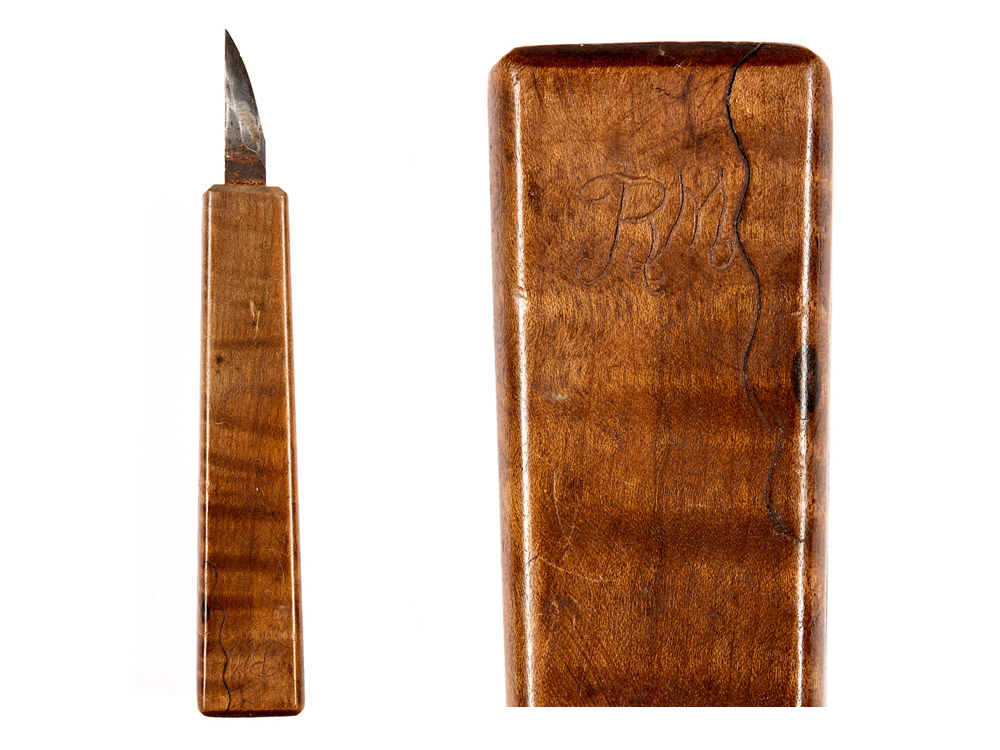
A general-purpose knife bearing Morel’s initials
This knife is a modern version of the previous Mirecourt knife, again used for various purposes, although it does not have a French blade.

A bridge-cutting knife
The shape of this bridge-cutting knife was possibly derived from Mirecourt or Sacconi.
Scrapers
This set of scrapers is made of carbon steel (spring steel). It is unclear whether they came from Mirecourt, but the shapes are consistent with the Mirecourt tradition. Their thickness mainly ranges from 0.4–0.5 mm, with the largest being 0.7 mm.
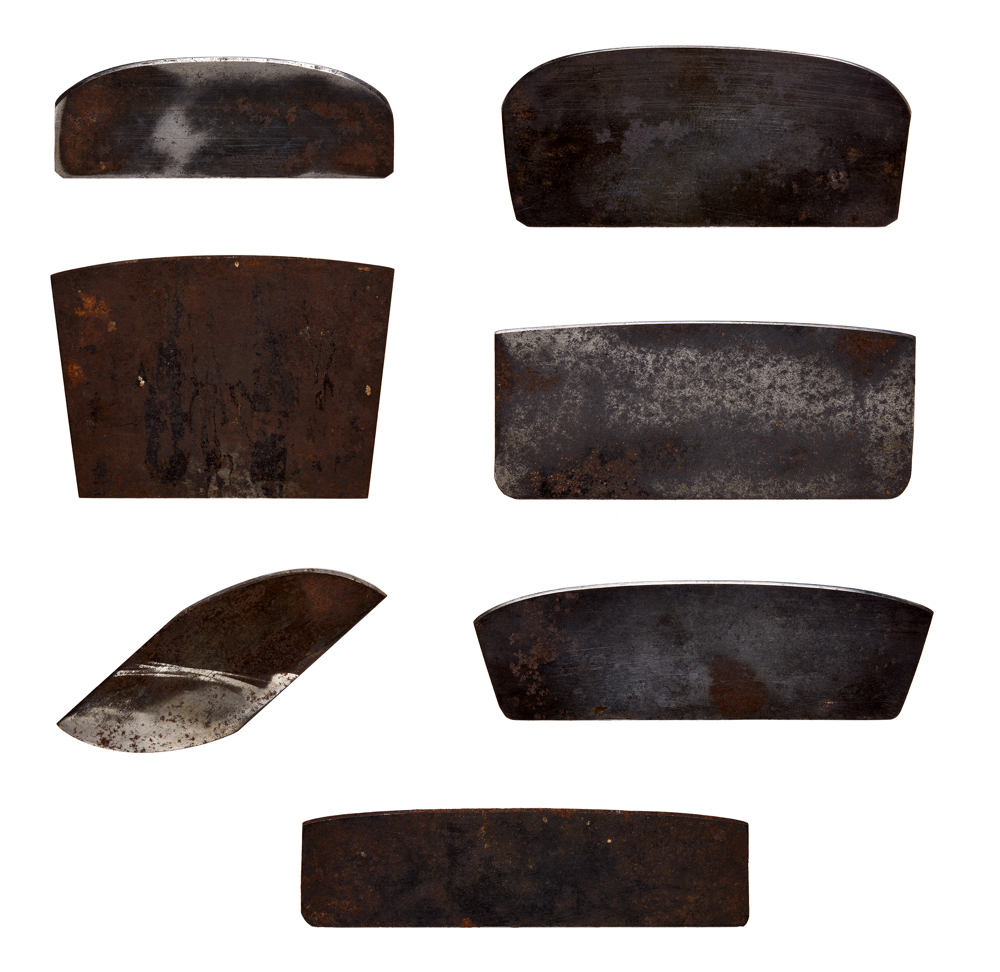
Scrapers used in the Morel workshop
Photography by Robert Bailey. With thanks to Stefan Valcuha, who spent ten years working alongside Morel and continues his collaboration with Tarisio today.